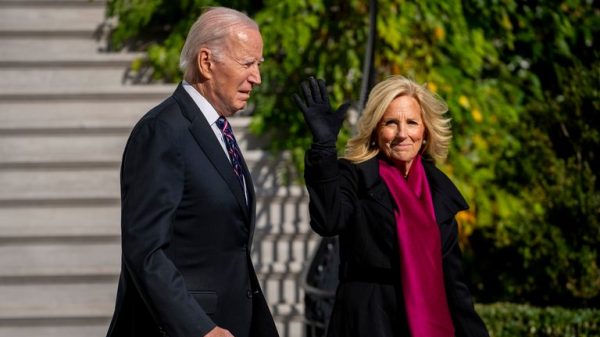On 4 March 2024, the High Seas Alliance will celebrate the one-year anniversary of the historic High Seas Treaty1 being agreed at the United Nations (UN), after almost 20 years of negotiations. It will take stock of the progress made over the year towards enshrining the agreement into international law and will call on world leaders to redouble their efforts to ratify the Treaty swiftly so that it can enter into force by the 2025 UN Ocean Conference in Nice, France.
Since the agreement, Palau and Chile have officially ratified the High Seas Treaty, and 87 UN Member States have signed it, thereby expressing their intention to proceed to ratification.
“We welcome the progress made in the global Race for Ratification of the High Seas Treaty over the past year and congratulate Palau and Chile for being the first countries to officially ratify it. The agreement of this Treaty text was heralded as a win for multilateralism, giving hope to citizens around the world that leaders will act. Yet time is not on our side. Last year’s record highs in ocean temperatures serve to warn us that the heat is on world leaders to swiftly turn their words into law so that we can rescue our shared, global ocean,” said Rebecca Hubbard, Director of the High Seas Alliance.
Once 60 countries ratify the High Seas Treaty, it will enter into force and become the world’s first international law to mandate the conservation and management of biodiversity beyond national jurisdictions (BBNJ), enabling the establishment of High Seas marine protected areas, and regulating potentially harmful activities through comprehensive environmental impact assessments.
The High Seas – the ocean beyond countries’ maritime borders – covers half the planet, is home to the world’s greatest wealth of biodiversity and plays an essential role in regulating our climate by absorbing about 30% of the CO2 produced by humans each year. This vast ocean area supports some of the most important, yet critically endangered ecosystems on Earth, yet a lack of governance has left it increasingly vulnerable to human overexploitation. Currently, it is the least protected area of our planet; only 1.5% is fully protected.
Transforming the High Seas Treaty into action in the water is a critical step to securing international goals to reverse the climate and biodiversity crises, including the goal to protect 30% of the world’s land and sea by 2030, agreed during the UN global Biodiversity Summit in December 2022.
NOTES TO EDITORS:
1. The High Seas Alliance (HSA) sometimes uses the term “High Seas Treaty” as a short hand for the BBNJ Agreement. HSA acknowledges that the scope of the BBNJ Agreement encompasses all Areas beyond national jurisdiction, including the seafloor and water column. This choice of wording is intended to ease understanding for broad audiences and does not convey a prioritization among the components or principles of the BBNJ Agreement.
There are 193 Member States to the United Nations. See a full list on the High Seas Alliance Ratification Tracker.
Track countries’ progress on the High Seas Treaty and find out more about the #RaceForRatification athighseasalliance.org/treaty-
Signing does not establish consent for States to be bound to the Treaty, but it does express the willingness of the signatory State to continue the treaty-making process and for it to proceed to ratification. Signing also creates an obligation to refrain, in good faith, from acts that would defeat the object and the purpose of the Treaty. Following signature, countries can ratify the Agreement at any time. The Treaty text specifies that this Agreement shall be open for signature by all States from 20 September 2023 and will remain open for signature at the UN Headquarters in New York until 20 September 2025. Once this period has past, States can join by acceding to the Agreement. Accession refers to the act whereby a State expresses its consent to be bound by an Agreement. This can take place after a Treaty has entered into force.
Ratification is when nations formally consent to the new international law, and this often entails ensuring that their national laws are consistent with it. The speed and process to ratify varies by country. In some countries, the act of ratification is simply a Leader’s decree, while in others Parliamentary approval is needed.
Read more about the High Seas Treaty in this factsheet and FAQs.




















